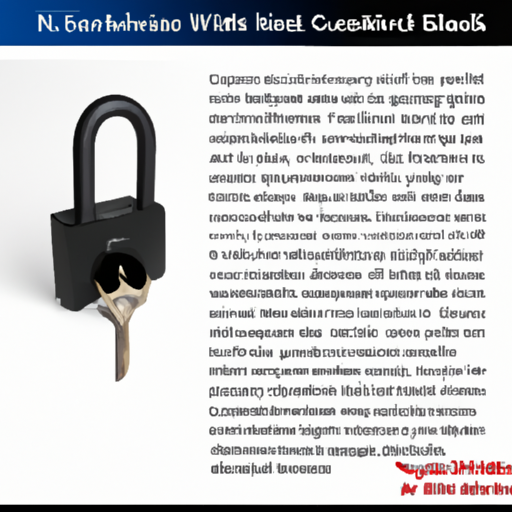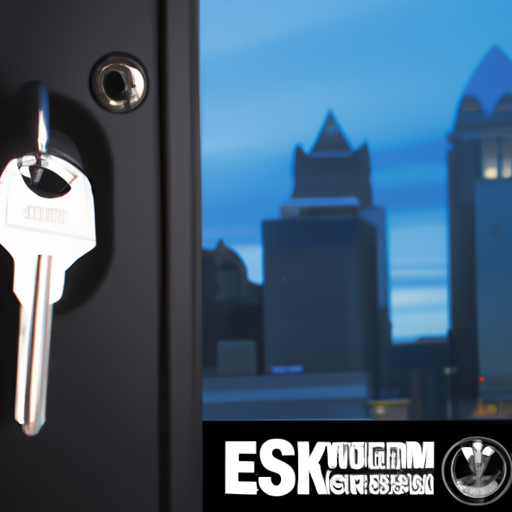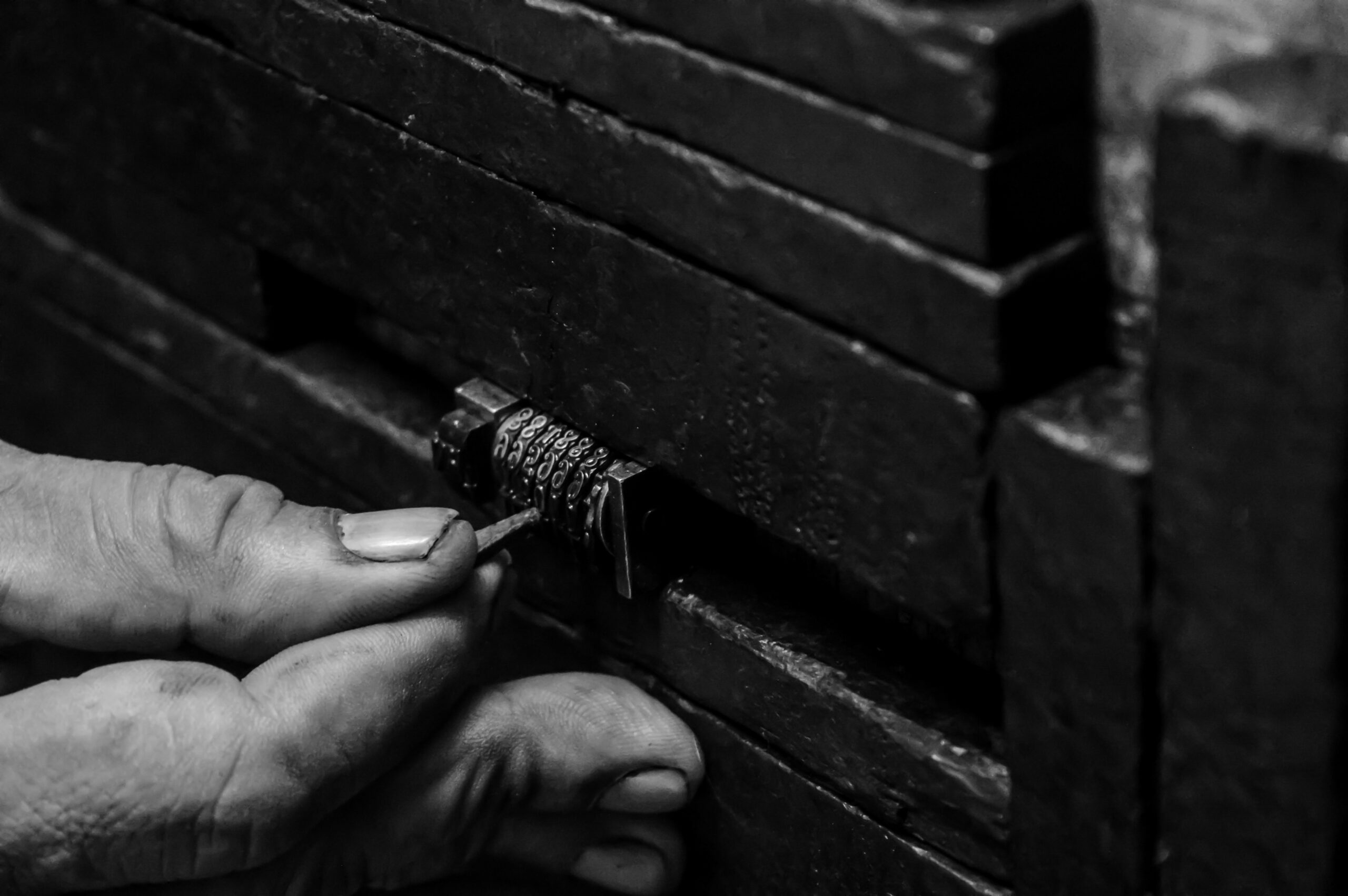
In this article, we’ll explore the question of whether a locksmith has the ability to unlock a safe. We’ll discuss the different types of safes, the techniques a locksmith might use, and the factors that may affect their success. By the end, you’ll have a better understanding of the locksmith’s role when it comes to safes and whether they can help you in a lockout situation.
What Is a Locksmith?
A locksmith is a professional who specializes in working with locks, keys, and other security systems. They are skilled in the art of opening, repairing, and installing various types of locks, including those found on doors, windows, safes, and vehicles. Locksmiths play a crucial role in ensuring the security and safety of individuals, businesses, and their valuables.
Definition and Role of a Locksmith
The role of a locksmith goes beyond simply unlocking doors or replacing keys. They are trained professionals who possess the expertise in dealing with a wide range of security systems. Whether you are locked out of your house, need to have a lock repaired, or want to upgrade the security of your business premises, a locksmith is the person to call.
Locksmiths provide a range of services, including lock installation, lock repair, key duplication, and lockout assistance. They have the knowledge and tools to work on various types of locks, from traditional mechanical locks to modern electronic ones. Their job is to ensure that the locks and security systems they work on are functioning correctly and providing the necessary level of security.
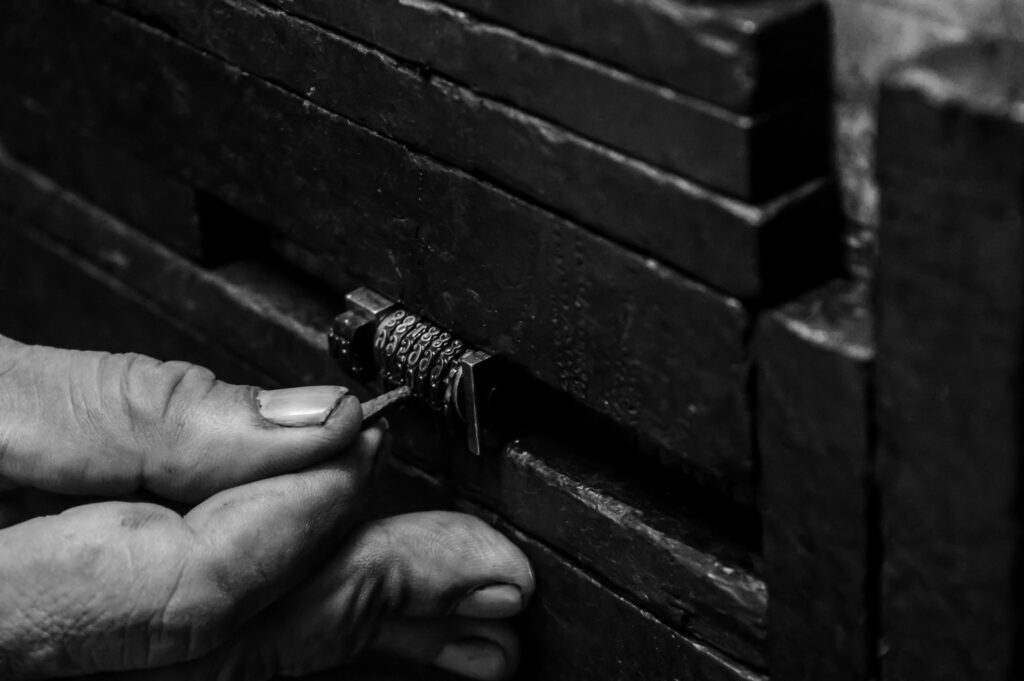
Skills and Training of a Locksmith
To become a locksmith, one must acquire a combination of technical skills and theoretical knowledge. Locksmiths undergo rigorous training and apprenticeships to develop their expertise in the field. They learn about different types of locks, their mechanisms, and how to manipulate them. They also learn about security systems, key cutting, and safe installation.
Locksmiths must possess excellent hand-eye coordination and dexterity to work with small and intricate parts. They also need to have good problem-solving skills to troubleshoot issues with locks and security systems. Additionally, locksmiths should have good communication skills to interact with customers and understand their specific needs.
Types of Safes
Safes are an essential security measure for protecting valuable items and documents. They provide a secure storage space that is resistant to various threats, such as theft, fire, and water damage. There are different types of safes available, each designed for specific purposes and offering different levels of security.
Different Types of Safes
-
Fire-resistant safes: These safes are designed to protect documents and valuables from fire damage. They are constructed with fire-resistant materials and have insulation to keep the interior temperature below a critical threshold.
-
Burglary safes: Burglary safes are built with strong, durable materials to withstand attacks from tools such as drills, saws, and hammers. They come in various sizes and offer different levels of security certifications.
-
Gun safes: Gun safes are specifically designed to store firearms securely. They provide protection from theft and unauthorized access while ensuring that the firearms are stored safely and responsibly.
-
Depository safes: These safes are commonly used in businesses where cash handling is involved. They have a slot or drawer for depositing cash or other valuables while keeping them secure until they can be properly retrieved and transported.
Features and Functions of Each Type
Fire-resistant safes provide protection from fire damage by utilizing materials such as gypsum and ceramic fiber insulation. These safes are rated based on their ability to withstand different temperatures and durations of fire exposure. They often come with additional features such as waterproof seals to protect against water damage as well.
Burglary safes are built with solid steel or composite materials to resist attacks from burglars. They may have reinforced doors, anti-drilling plates, and multiple locking mechanisms. Some burglary safes also offer additional protection against tools such as pry bars and torches.
Gun safes typically have interior racks or compartments designed to securely store firearms. They also often have additional storage space for ammunition and other accessories. These safes can be equipped with electronic locks or traditional dial locks for added security.
Depository safes are commonly used in banks, retail stores, and other businesses that handle cash transactions. They feature a slot or drawer for depositing cash, checks, or other valuable items. Depository safes typically have a separate compartment or drawer that can only be accessed by authorized personnel.

Locksmith Services
Locksmiths offer a wide range of services to address various security needs. They can provide solutions for both residential and commercial properties, as well as for vehicles. Whether you are locked out, need to repair a broken lock, or want to upgrade your security system, a locksmith can help.
Overview of Locksmith Services
-
Emergency lockout assistance: If you find yourself locked out of your home, car, or office, a locksmith can help you regain access quickly and efficiently. They have the tools to pick locks, bypass security systems, and create new keys.
-
Lock repair and replacement: Locks can become worn out or damaged over time, making them less effective in providing security. A locksmith can assess the condition of your locks and repair or replace them as needed.
-
Key duplication and cutting: Locksmiths have the equipment to duplicate keys, whether they are standard keys, high-security keys, or even chip keys for vehicles. They can also cut new keys if you have lost your original ones.
-
Installation of new locks and security systems: If you want to upgrade the security of your property, a locksmith can recommend and install new locks, deadbolts, or electronic access control systems. They can also provide advice on which security measures are best suited for your specific needs.
Common Locksmith Services
-
Residential locksmith services: These services cater to homeowners and renters who need assistance with their residential locks and security systems. They can help with lockout situations, lock repairs, rekeying, and the installation of new locks.
-
Commercial locksmith services: Businesses have unique security needs, and locksmiths offer services tailored to commercial properties. They can install and maintain master key systems, access control systems, and high-security locks to protect sensitive areas and assets.
-
Automotive locksmith services: Locksmiths specializing in automotive services can assist with lockouts, key replacements, ignition repairs, and transponder key programming for vehicles. They are equipped with the necessary tools and knowledge to work on different types of car locks and keys.
Can a Locksmith Unlock a Safe?
Unlocking a safe requires a specific set of skills and knowledge, as well as the right tools and techniques. While locksmiths are generally adept at opening various types of locks, unlocking a safe can present additional challenges.
Challenges in Unlocking a Safe
Safes are designed to be highly secure, with features that make it difficult for unauthorized individuals to gain access. Some of the challenges locksmiths may encounter when trying to unlock a safe include:
-
Complex lock mechanisms: Safes often have intricate locking mechanisms that make them more challenging to open. These mechanisms can involve multiple moving parts, levers, and wheels, which must be manipulated in the correct sequence or combination to unlock the safe.
-
Security features: Safes are equipped with various security features designed to prevent unauthorized entry. These features can include relocking devices, time-delay locks, and tamper-resistant components, which make it even more challenging to open the safe without the correct credentials or knowledge.
-
Lack of information: When dealing with safes, locksmiths may not have access to all the necessary information, such as the combination or key code. This lack of information can add to the difficulty of unlocking the safe, as the locksmith may need to rely on their expertise and experience to discover the correct combination or bypass the lock.
Methods and Techniques Used
To unlock a safe, locksmiths utilize a variety of methods and techniques, depending on the type of safe and the specific circumstances. Some of the common methods used by locksmiths include:
-
Lock manipulation: Lock manipulation involves the skilled manipulation of a safe’s locking mechanism to gain entry without using the combination or key. This method requires a thorough understanding of the lock’s internal workings and precise control over the manipulation process.
-
Lock picking: Lock picking is a technique used to manipulate the pins or components within a lock to move them into the correct position, allowing the lock to be turned and the safe to be unlocked. This method is often used when dealing with combination locks or dial locks.
-
Drilling: In some cases, drilling may be necessary to gain access to a safe. Through careful drilling at specific points or weak spots in the safe’s structure, locksmiths can disable certain security features or bypass the locking mechanism altogether. Drilling should only be used as a last resort, as it may damage the safe and require repairs.

Specialized Skills for Safe Unlocking
Unlocking a safe requires specialized skills and knowledge that go beyond general locksmithing. Locksmiths who specialize in safe unlocking possess a deep understanding of safe mechanisms and the specific techniques required to bypass or manipulate them.
Knowledge of Safe Mechanisms
Safe unlocking requires a thorough knowledge of different types of safe mechanisms, including combination locks, key locks, electronic locks, and biometric locks. Locksmiths must understand the principles behind these mechanisms and the vulnerabilities that can be exploited to gain access.
They must also stay up to date with the latest advancements in safe technology to ensure they can unlock and service newer models. This knowledge allows locksmiths to assess the best approach to unlocking a safe and determine the most suitable techniques and tools to use.
Tools Required for Safe Unlocking
Unlocking a safe requires specific tools that differ from those used for traditional lock picking. Locksmiths specializing in safe unlocking must possess an array of specialized tools that can manipulate or bypass the unique security features found in safes.
These tools may include safe scopes, borescopes, lock scopes, dial ring removal tools, small mirrors, and various picks and tension tools specifically designed for safe mechanisms. With these tools, locksmiths can examine the safe’s interior, identify the lock components, and manipulate them to gain access.
Legal and Ethical Considerations
Locksmiths have a responsibility to uphold legal and ethical standards in their profession. The nature of their work gives them access to sensitive areas and valuable possessions, making trust and professionalism crucial aspects of their role.
Licensing and Certification
In many jurisdictions, locksmiths are required to obtain proper licensing and certification to operate legally. These requirements ensure that locksmiths have undergone proper training and possess the necessary skills to perform their duties safely and effectively.
Potential locksmiths should research the specific licensing requirements in their jurisdiction and ensure they meet the necessary qualifications. Additionally, locksmiths may choose to pursue additional certifications from professional organizations to demonstrate their commitment to ongoing education and industry best practices.
Ethical Guidelines for Locksmiths
Locksmiths should adhere to ethical guidelines that prioritize the safety and well-being of their customers. These guidelines include:
-
Confidentiality: Locksmiths should respect the privacy and confidentiality of their customers. They should not disclose any information about the customer’s security systems or the nature of the work performed without the customer’s permission.
-
Integrity: Locksmiths should conduct themselves with honesty and integrity. They should provide accurate information to their customers regarding the security of their locks and any recommended repairs or upgrades.
-
Professionalism: Locksmiths should maintain a professional demeanor when interacting with customers. They should be punctual, well-groomed, and respectful while performing their duties.
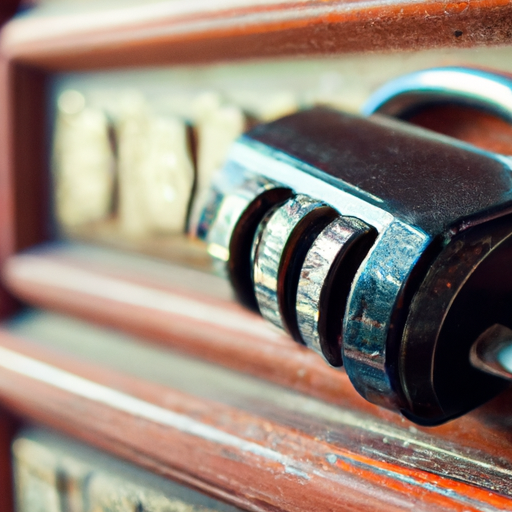
Factors Affecting Safe Unlocking
Several factors can influence the ease or difficulty of unlocking a safe. Locksmiths must consider these factors when determining the best approach to unlock a safe and provide an accurate estimate of the time and effort required.
Type and Complexity of the Safe
Different types of safes have varying levels of complexity and security features. Some safes may have additional layers of protection, such as relocking devices, glass relockers, or hardplate barriers. These added security features can make the process of unlocking a safe more challenging and time-consuming.
The locksmith must assess the type and complexity of the safe before attempting to unlock it. This assessment allows them to determine the appropriate techniques and tools required for the job.
Condition and Maintenance of the Safe
The condition and maintenance of the safe can also impact the ease of unlocking it. Safes that have been well-maintained and regularly serviced are more likely to be opened without causing damage. On the other hand, safes that are old, rusted, or poorly maintained may present additional challenges.
The locksmith must carefully inspect the safe to identify any issues or damage that could affect the unlocking process. By understanding the condition of the safe, they can better plan their approach and take the necessary precautions to prevent damage.
Can a Locksmith Damage the Safe?
While a locksmith’s primary goal is to unlock a safe without causing any damage, there are risks and potential damages that can occur during the unlocking process.
Risks and Potential Damages
-
Lock or mechanism damage: Depending on the unlocking method used, there is a possibility of damaging the lock or its internal mechanisms. This damage can make it difficult or impossible to open the safe without further repairs.
-
Cosmetic damage: Some unlocking methods may result in cosmetic damage to the safe, such as scratches, dents, or scuffs. While this damage may not impact the functionality of the safe, it can affect its appearance.
-
Undetected safe damage: Safes that have electronic locks or complex mechanisms may not show obvious signs of damage even after they have been unlocked. It is essential for the locksmith to thoroughly inspect the safe and test its functionality to ensure there is no undetected damage.
Preventing Damage during Unlocking
Experienced and skilled locksmiths take necessary precautions to minimize the risk of damage during the unlocking process. This includes:
-
Using appropriate tools and techniques: Locksmiths who specialize in safe unlocking have extensive knowledge of the different types of safes and the appropriate tools and techniques to use. Using the right tools and techniques minimizes the risk of damage to the lock and safe.
-
Performing a thorough assessment: Before attempting to unlock the safe, locksmiths should carefully inspect it to identify any potential issues or vulnerabilities that could lead to damage during the unlocking process. This assessment allows them to determine the best course of action and take appropriate precautions.
-
Taking their time: Rushing through the unlocking process can increase the risk of errors or accidental damage. Experienced locksmiths understand the importance of patience and precision when working on safes, and they take the time needed to ensure a successful and damage-free unlocking.
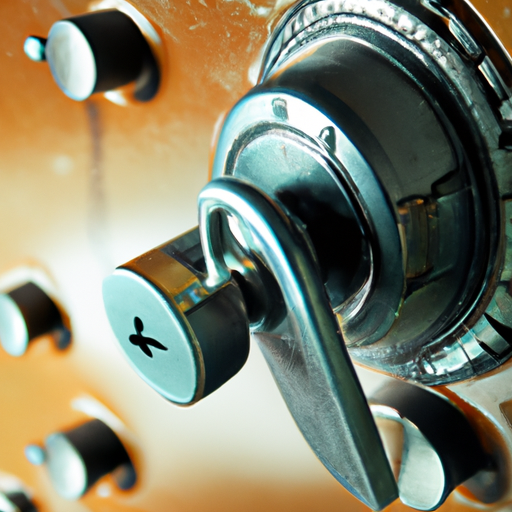
Cost of Unlocking a Safe
The cost of unlocking a safe can vary depending on several factors, including the type of safe, the complexity of the lock, and the specific circumstances. It is important to note that unlocking a safe is a specialized service that requires expertise and specialized tools, which can contribute to the overall cost.
Factors Influencing the Cost
-
Type of safe: Different types of safes require different techniques and tools to unlock. The complexity of the safe’s mechanism and the security features it possesses can influence the time and effort required, and therefore, the cost involved.
-
Condition of the safe: Safes that are in good condition and well-maintained are generally easier and quicker to unlock, resulting in a lower cost. However, safes that are old, damaged, or poorly maintained may require more time and effort, thus increasing the cost.
-
Time and labor required: Unlocking a safe can be a time-consuming process, particularly for more complex or secure safes. The labor involved in the unlocking process will contribute to the overall cost.
Typical Pricing for Safe Unlocking
The cost of unlocking a safe can range from $150 to $500 or more, depending on the factors mentioned above. It is recommended to consult with a professional locksmith to get an accurate estimate based on the specific circumstances and requirements of your safe.
It is important to note that the cost of unlocking a safe should be viewed as an investment in the security and protection of your valuables. By hiring a professional locksmith who specializes in safe unlocking, you are ensuring that the job is done correctly and without causing unnecessary damage.
Conclusion
In conclusion, locksmiths possess the skills, training, and expertise required to unlock a wide range of locks, including safes. Unlocking a safe, however, presents unique challenges that require specialized knowledge and tools. Professional locksmiths who specialize in safe unlocking have the necessary skills and experience to tackle these challenges and gain access to your valuable possessions while minimizing the risk of damage.
When hiring a locksmith to unlock a safe, it is essential to choose a reputable, licensed professional who adheres to ethical guidelines and has a track record of successfully unlocking safes without causing damage. By doing so, you can ensure the security and integrity of your safe while gaining access to its contents. Remember to consider factors such as the type and complexity of the safe, the condition of the safe, and the cost involved when seeking professional help in unlocking a safe.
